Tick Infestation in Dairy Cattle & its Control
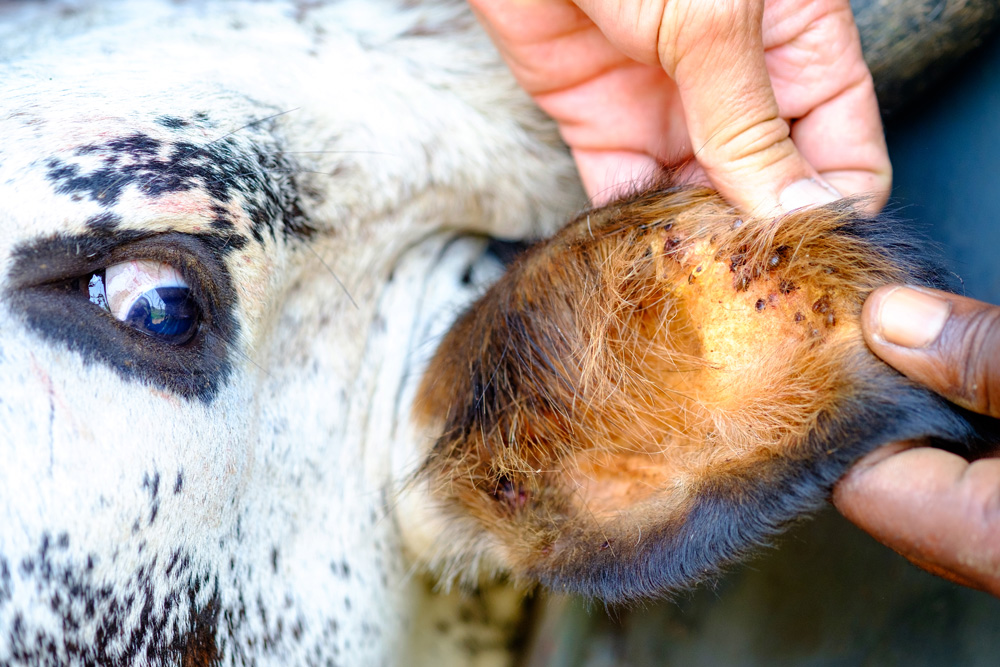
Ticks are small parasitic organisms that usually live in fields and wooded areas. They actually need blood from animals or humans (their host) for their living and in return they may transmit serious or chronic disease to their hosts through biting them.
Examples of disease they transmit through biting are:
- Rocky Mountain spotted fever
- Babesiosis (a malaria-like illness transmitted through certain species of ticks)
- Anaplasmosis
- Lyme disease (transmitted by adult deer ticks)
- Tularemia
- Tick-borne relapsing fever
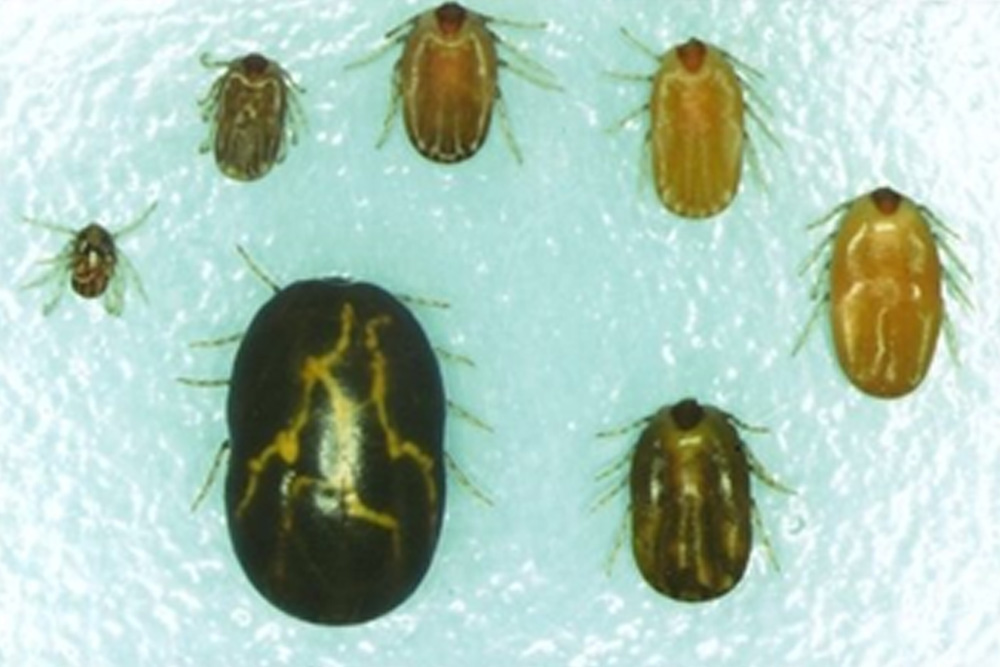
CAUSES OF TICKS INFESTATION
Tick infestation may cause by the entry of only one tick in the farm or stable. They will attach themselves somewhere on the body of animal and inserted its head into the skin. They may get attach to any of their body part like:
- Necks
- Behinds limbs
- In the ears
- On the belly
Ticks are economically the most important pests of cattle and other domestic animals in tropical and subtropical countries. They are the vectors of various pathogenic microbes including viruses, bacteria, protozoans, spirochetes and rickettsiae. As their only food is blood so the animal under attack of ticks must be provided with enough amount of feed to overcome the loss its body suffering cause of these parasites. Young cattle get more affected with ticks resulting in retarded growth become weak, thin and stunted. In adults it reduces the production of milk on drastic level. Some ticks causes tick paralysis in animals by inserting special toxin in the animal body.
The most common specie of ticks found in cows is Blue Tick (Rhipicephalous microplus). It is found on a wide range in livestock. Another specie of ticks found in the cows is Bush Tick (Ixodes holocyclus). Once an animal get a tick, all the other animals living with that one are on risk of getting ticks. Cows may also get ticks from grass while grazing as ticks wait on grass for their host to suck their blood for their own survival.
The most common specie of ticks found in cows is Blue Tick (Rhipicephalous microplus). It is found on a wide range in livestock. Another specie of ticks found in the cows is Bush Tick (Ixodes holocyclus). Once an animal get a tick, all the other animals living with that one are on risk of getting ticks. Cows may also get ticks from grass while grazing as ticks wait on grass for their host to suck their blood for their own survival.
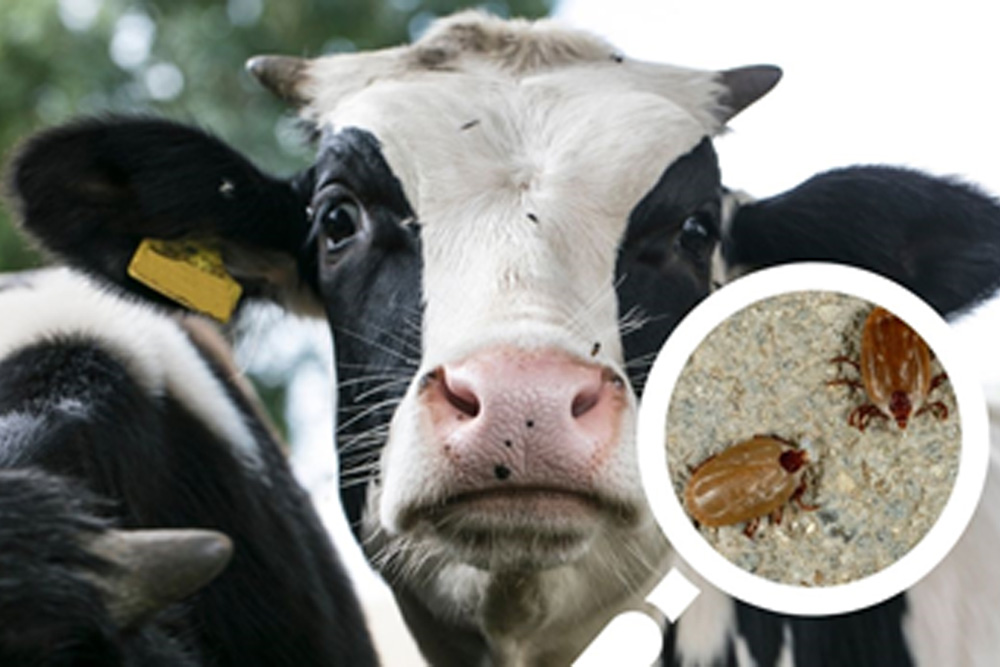
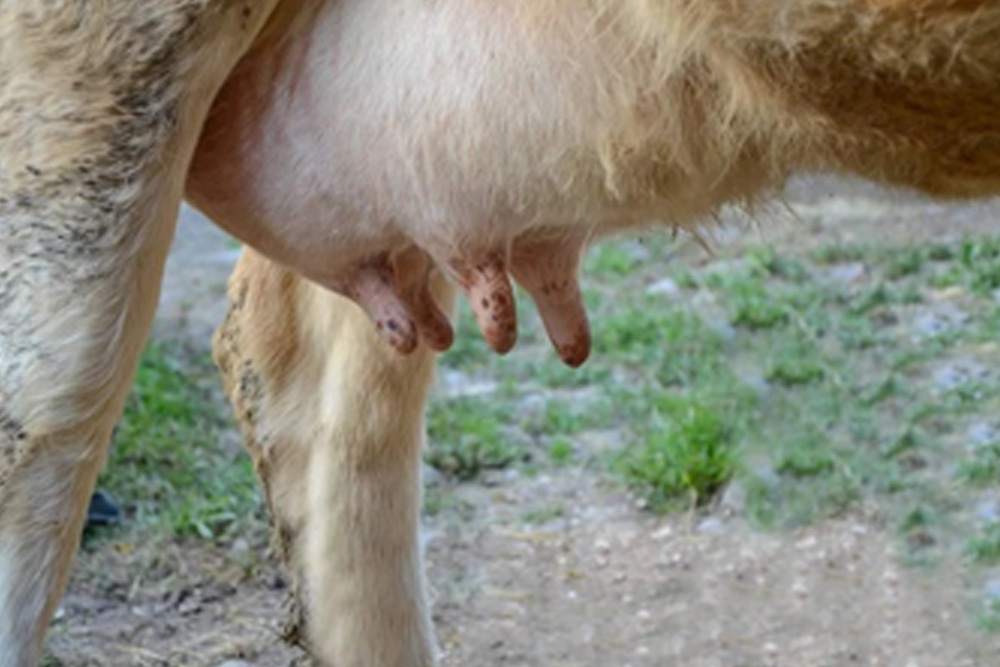
SYMPTOMS OF TICK INFESTATION
Anemia:
The most common symptom of tick infestation is cow become anemic that means blood loss. As tick sucks the blood from its host the quantity of blood keep reducing in host the cow which also result in weight loss.
Lyme disease:
Lyme disease is caused by a bacterium named Borrelia burgdorferi. It causes rashes which have bull-eye’s pattern. Deer ticks carry this bacteria which can infect deer and cattle.
Skin irritation:
The infected cows get red or bumpy patches on the skin that may cause irritation and itching, must check for them behind the ears and the joints of the legs of the cows.
Hair loss:
Hairy cows when got ticks the most speculator symptoms of having ticks is sudden hair loss and exposure of their skin.
Secondary infections:
Wounds and injuries caused by ticks may give access to other bacteria and germs causing other secondary infections in the animals.
TECHNIQUES FOR THE REMOVAL OF TICKS
Following are the easiest ways of removing ticks from your cows;
Acaricides:
Acaricides are the specific pesticides for killing and preventing ticks. The main time of the year when ticks search for their host is the month of August. So start the use of acaricides during the month of August. But before using it must contact the vet of your animals and discuss it with him.
Tea tree oil or methylated spirit:
Just like acaricides, tea tree oil and methylated spirit are deteriorate ticks. They are much safer for cows as compare to acaricides but make sure to discus with your vet before using it.
Injectable & Oral treatments
Injectable & oral medication is available which may help in removing ticks from your cows but make sure that either it’s suitable for your breed or not.
Tweezers
Tweezers are widely and commonly used all around the world for removing ticks from the cows but be careful while removing and make sure that you have removed the head of the tick from animal’s body skin as well. Because if heads remain in the skin it may cause other infections

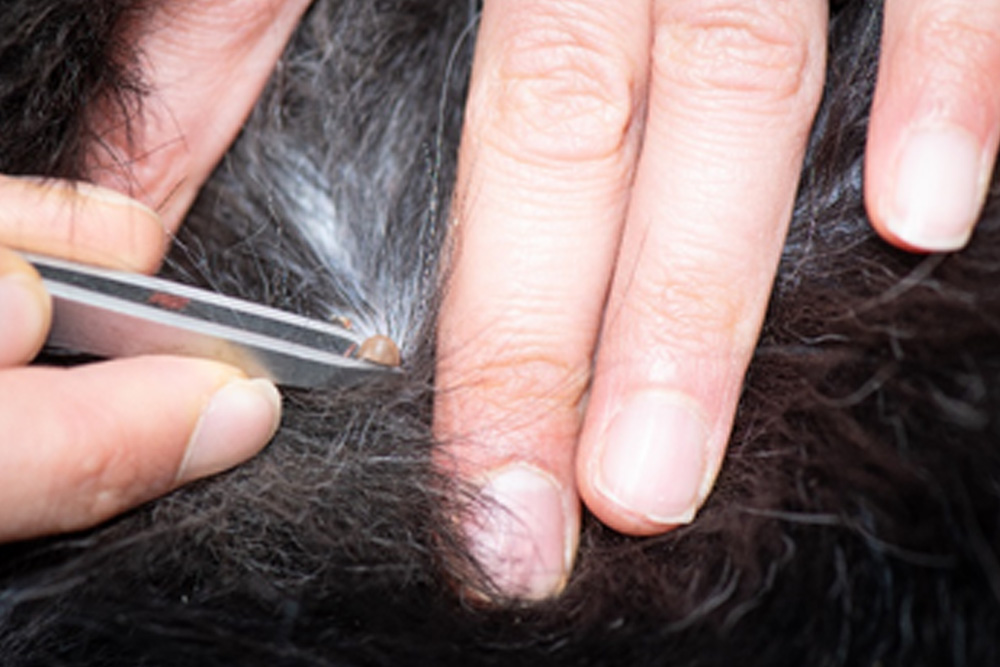
PREVENTIVE MEASURES TO CONTROL TICKS INFESTATION
Housing in ticks proofs areas
The sheds of buffaloes and cattle should be tick proof, especially take extra care of exotic and crossbreeds as they are more susceptible towards ticks infestation as compare to native cows. There should be no cervices and cracks in the building as they provide space for ticks breed and growth. All building must get sprayed with acaricides and avoid heaps of cow dung and other liter around as it provides breeding places for ticks.
Burning of wastes near sheds:
Female ticks generally lay eggs in the cracks and cervices in the walls of the sheds. Slow burning of farm waste near the walls is a good practice in killing the ticks and destroying he eggs, it palys a major role in controlling the ticks infestation. Precautionary measures should be taken before practicing it.
Clearance of vegetation:
Various stages of some ticks attached themselves to the grass blades and other vegetation. And when cattle moved nearby they get attached to their skin. Regular clearance of vegetation and grass can also play an important role in controlling the tick infestation.
Ticks vaccines:
Different vaccines are available and still under observation to control ticks infestation. Although Vaccines give long term control but they must be used with pasture management and acraicidial dips. It has been suggested that future strategies of immunological control of ticks should target both tick and pathogens transmitted by them.
Targeting endosymbionts of ticks:
Just like other parasites, ticks also have endosymbiont relations with other microorganisms, highly essential for their survival. Elimination of such microorganisms will be deleterious for the growth, survival and development of ticks
Tick resistance cattle breed:
Development of genetically engineered breeds that are resistance towards ticks is also a good option to save the economic loss.
In conclusion, tick infestation is a significant cause of economic losses to the dairy industry all over the world. At present the most common method of tick control is use of acaricides but dairy farmers and veterinarians should make use of latest methods like vaccines and tick resistance breeds.
In conclusion, tick infestation is a significant cause of economic losses to the dairy industry all over the world. At present the most common method of tick control is use of acaricides but dairy farmers and veterinarians should make use of latest methods like vaccines and tick resistance breeds.
